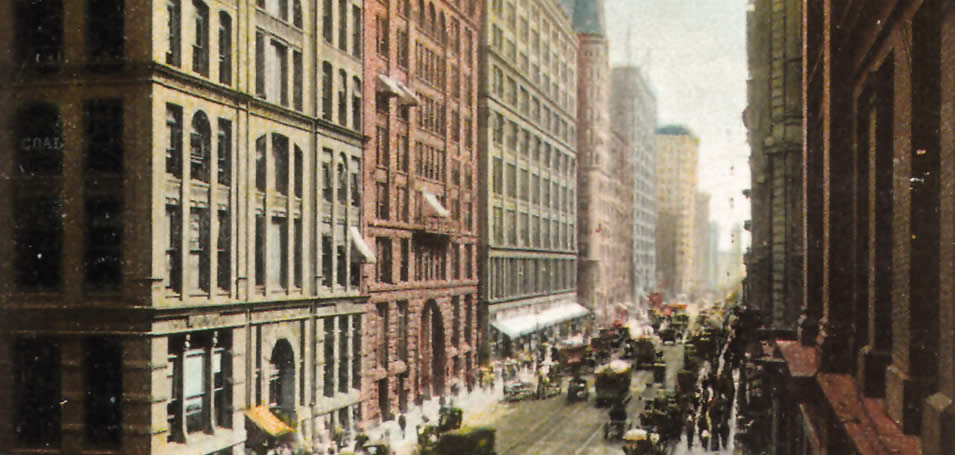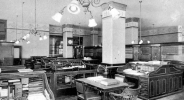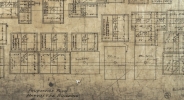

Forward Thinking

The Floating Slab


Forward Thinking

The Floating Slab
The Marquette was the culmination of Aldis’ theories on creating a profitable skyscraper.
“First: The office that gives up the most for light and air is the best investment.
Second: Second-class space costs as much to build and operate as first-class space. Therefore, build no second-class space.
Third: The parts every person entering sees must make a lasting impression. Entrance, first floor lobby, elevator cabs, elevator service, public corridors, toilet rooms must be very good.
Fourth: Generally, office space should be about 24 feet deep from good light.
Fifth: Operating expenses must be constantly borne in mind. Use proper materials and details to simplify the work.
Sixth: Carefully consider and provide for changes in location of corridor doors, partitions, light, plumbing and telephones.
Seventh: Arrange typical layout for intensive use. A large number of small tenants is more desirable than large space for large tenants because: a) A higher rate per square foot can be added for small tenants. b) They do not move in a body and leave the building with a large vacant space when hard times hit. c) They do not swamp your elevators by coming and going by the clock.
Eighth: Upkeep of an office is most important. Janitor service must be of high quality, elevator operators of good personality. Management progressive.”